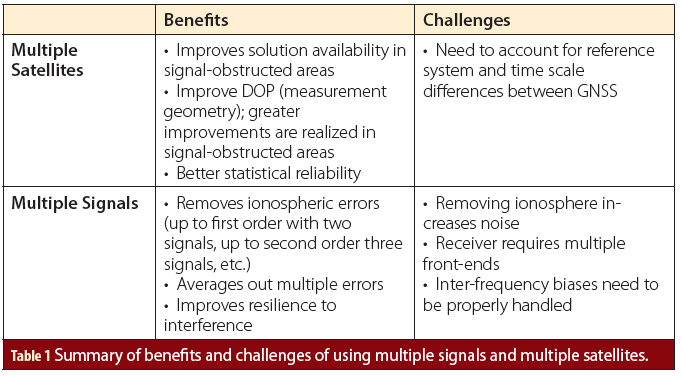A favorite movie scene: Yul Brynner as Rameses II in The Ten Commandments sternly asserting, “So let it be written; so let it be done.”
With a similar peremptory gesture, the U.S. Coast Guard (USCG) published its notice in the January 7 Federal Register certifying that abolition of the Loran-C system would not adversely affect the safety of maritime navigation and ordering its decommissioning beginning February 8.
A favorite movie scene: Yul Brynner as Rameses II in The Ten Commandments sternly asserting, “So let it be written; so let it be done.”
With a similar peremptory gesture, the U.S. Coast Guard (USCG) published its notice in the January 7 Federal Register certifying that abolition of the Loran-C system would not adversely affect the safety of maritime navigation and ordering its decommissioning beginning February 8.
Meanwhile, the Department of Homeland Security (DHS) certified that the Loran-C system infrastructure is not needed as a backup to the GPS system or to meet any other federal navigation requirement.
And with Loran-C’s demise follows the probable abandonment of enhanced Loran (eLoran) as a multimodal backup to GPS — and by extension, all GNSS systems subject to common failure modes due to jamming and interference.
We have to hope that it won’t take the cinematic plagues — locusts, rivers of blood, deaths of first-born children — to correct the gaping security hole in our critical national infrastructure for positioning, navigation, and timing (PNT). Because, despite the obsession with no-fly lists, who’s on them, and who knows about them, domestic security involves much more than keeping exploding underpants off of airplane passengers.
The hodge-podge of alternatives offered by the federal agencies as suitable backup PNT systems aren’t practically persuasive — for example, a highly accurate crystal oscillator and a communications link to a timing source traceable to Coordinated Universal Time. The eLoran upgrade had already established synchronized atomic frequency standards providing uniform time in the transmissions.
And relying on multiple, limited, incompatible, and fragmented systems contravenes the demonstrated logic of GNSS itself: a common unifying PNT source operating across multiple modes of activity.
This doesn’t necessarily mean that eLoran was the solution, or a complete solution. After all, its user base had declined substantially over the past 20 years, primarily due to the rise of GPS and the federal government’s repeated statements of intent to eliminate Loran.
But eLoran had begun to demonstrate some of the features necessary for a robust backup system: improved multimodal user equipment that could be integrated with GPS, upgraded facilities, an extensive coverage area, and international backing.
That this is a salient issue for many people became clear to me as traffic on the Inside GNSS website exploded in recent days after we posted an article on this subject. As a result of links from several navigation technology–related sites, readership of that insidegnss.com news story passed 10,000 within a few days.
More than five years after a national security presidential directive (NSPD) charged DHS with ensuring that suitable PNT backups were available in the U.S. homeland — and more than eight years after another inconceivable national security catastrophe — we still haven’t seen significant process on the issue. Coupled with the painfully slow progress on the related NSPD directive for establishing a method to detect and mitigate interference (whether intentional or not) to GPS . . . well, the situation doesn’t inspire confidence.
The current administration came into office assuring Americans that they would deliver change we could believe in. But really all we’ve seen is more of the same on many fronts.
More war. More unemployment. Larger deficits. More money to the Wall Street banks that got us into this mess. More dilly-dallying on dealing with tough issues.
But in the area of security for critical infrastructures, we’re seeing less — eLoran and GPS being a case in point.
Ironically, in its final months, the Bush Administration had finally heeded the recommendations of numerous studies and independent advisors and announced plans to proceed with eLoran, a decision that the new leadership has now reversed.
So, while something can be banished by letting it be written, it’s a whole other deal than getting something done.
GPS security is an enormous piece of unfinished business, growing in import, and we can’t afford to wait until someone shows us the consequences of not fixing it.
- SEE related InsideGNSS.com news story "USCG Publishes Loran-C Termination" (Jan. 6 2010)





